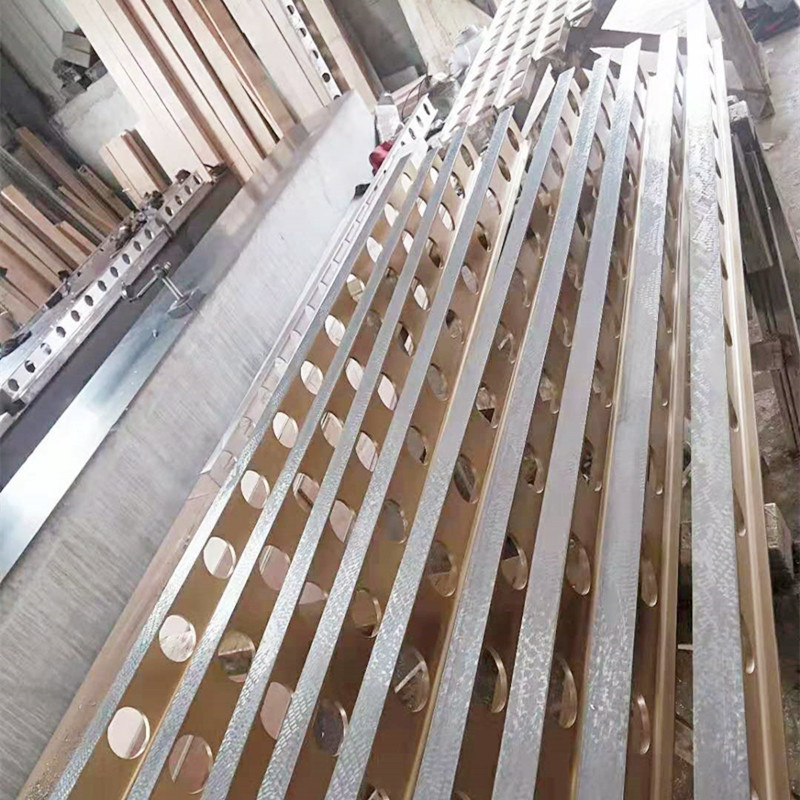Nov . 05, 2024 11:18 Back to list
bore measuring gauge
Understanding Bore Measuring Gauges A Comprehensive Overview
In the world of precision engineering and manufacturing, the importance of accurate measurements cannot be overstated. One of the essential tools for achieving such accuracy is the bore measuring gauge. This article delves into what bore measuring gauges are, their types, applications, and the best practices for using them effectively.
What is a Bore Measuring Gauge?
A bore measuring gauge is a specialized instrument used to measure the internal diameter (ID) of cylindrical objects, such as pipes, boreholes, and other tubular components. This tool is vital in ensuring that parts fit together correctly and operate efficiently, especially in industries like automotive, aerospace, and manufacturing.
Types of Bore Measuring Gauges
Bore measuring gauges come in various types, each suited to different applications and accuracy requirements. Here are some common types
1. Dial Bore Gauges These tools use a dial indicator to show measurements. They feature a probe with a ballend that can be inserted into the bore. As the probe moves within the bore, it registers any deviations from a known standard on the dial. Dial bore gauges are favored for their ease of reading and versatility.
2. Digital Bore Gauges Similar to dial gauges but equipped with a digital readout, these gauges offer enhanced precision and ease of use. They often provide instant readings, data logging capabilities, and the elimination of parallax errors associated with analog readings.
3. Tapered Plug Gauges These are simple gauges shaped like a plug, designed to be inserted into the bore. If the plug fits snugly, the bore is within the specified tolerance. They are widely used for quick checks but are not as precise as other types of measuring gauges.
4. Inside Micrometers These tools consist of a micrometer screw and typically have two contact points to measure the diameter of a bore. They provide very high accuracy but require more skill to use correctly compared to dial or digital gauges.
5. Bore Scope Gauges These specialized tools combine a camera and measurement capabilities to inspect bores for defects. Bore scope gauges are particularly useful for inspecting hard-to-reach internal surfaces without significant disassembly.
Applications of Bore Measuring Gauges
bore measuring gauge

Bore measuring gauges are used in various industries and applications, including
- Automotive Manufacturing Ensuring the proper fit of engine cylinders, fuel injectors, and other critical components. - Aerospace Engineering Verifying tolerances in aircraft components, which is crucial for safety and performance. - Machinery Manufacturing Measuring and inspecting parts for precision engineering applications. - Piping Systems Checking the internal diameters of pipes to ensure compatibility with fittings and valves.
Best Practices for Using Bore Measuring Gauges
To ensure accurate measurements and prolong the life of the bore measuring gauges, certain best practices should be followed
1. Calibration Regularly calibrate the measuring gauge against known standards to maintain accuracy over time. This is critical for ensuring that measurements remain consistent and reliable.
2. Cleanliness Before measurement, ensure that both the gauge and the bore are clean and free from debris. Contaminants can result in inaccurate readings.
3. Proper Technique When using dial or digital gauges, take care to insert the probe perpendicular to the bore's surface. Tilting the gauge can lead to measurement errors.
4. Temperature Considerations Be aware that temperature can affect measurements. Allow both the gauge and the workpiece to reach equilibrium at room temperature before taking measurements.
5. Documentation Keep records of measurements for quality control purposes. This can help track manufacturing processes and ensure compliance with specifications.
Conclusion
Bore measuring gauges are indispensable tools in precision engineering, providing the means to ensure that components meet the necessary specifications for quality and performance. By understanding the different types of gauges and adhering to best practices, engineers and technicians can enhance measurement accuracy and ultimately improve product quality. The role of bore measuring gauges in manufacturing and engineering will only continue to grow as industries demand higher precision and improved efficiencies in their processes.
-
Why Metric Trapezoidal Thread is Ideal for Precision Motion ControlNewsAug.05,2025
-
The Unique Properties of a Block of Granite for Industrial UseNewsAug.05,2025
-
The Role of Flanged Y Strainers in Preventing Pipeline ClogsNewsAug.05,2025
-
The Importance of Regular Calibration for Master Ring GagesNewsAug.05,2025
-
How a Cast Iron Surface Table Enhances Accuracy in ManufacturingNewsAug.05,2025
-
Comparing Different Check Valve Types for Optimal Flow ControlNewsAug.05,2025
Related PRODUCTS









